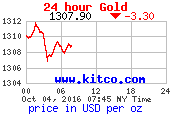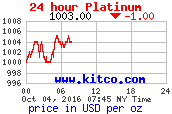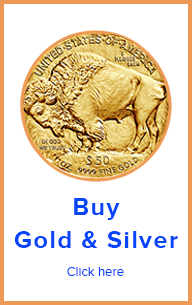NOTE: The article below is an unedited copy of the email the author listed below sent me about my article https://portlandgoldbuyers.com/real-gold-fake-krugerrands/
I am very thankful for his reply and effort. I wrote the said article over 10 years ago from this writing. Most likely he is correct. The only think I have to say is that other seasoned gold dealers who saw the said Krugerrands considered them off the norm in terms of overall quality.
Dear Portland Gold Buyers,
As an experienced collector of Krugerrands I have below some vital information for you regarding this article:
Counterfeit Real Gold Krugerrands
Yes, “Fake and Non-Genuine Gold Krugerrands Do Exist”, but if in doubt regarding design features it is always a good starting point to make a google search for photos from mints or other coin dealers’ websites for comparison.
If all photos show the same design features, well, it must be the way the particular coin is supposed to look…
Below I can explain why the pictured 2008 Krugerrand from your article is not a fake.
You have correctly established the following (to which I add my comments with bullet points):
- The color/tone/hue of the 2008 is off when compared to e.g. the pictured 1978 – and added to that the 2008 is blindingly shiny!!!!
- You have yourself established that the 2008 in question is indeed made of “imperial” 22 carat gold – but still it deviates from the color/tone/hue of the 1978 (and other Krugerrands in your stock).
- You can’t compare a 1978 (or any Krugerrand from 1967-1999) to a 2008 Krugerrand since the blank/planchet of the 2008 (as well as e.g. the 2015 and 2016 – see below) has undergone a different “upsetting”-procedure (“Upsetting” is the process of creating the raised rim before the actual minting of the coin) – meaning that the obverse/reverse fields of the 2008 are completely flat!
- Completely flat fields have the following disadvantages vs. the usual slightly concave Krugerrand fields:
- It makes the surface blindingly shiny – making the coin immediately suspicious!
- It mirrors the raised letters and numbers of the coin – which also makes the 2008 difficult to photograph as the mirroring casts shadows (see my red markings):
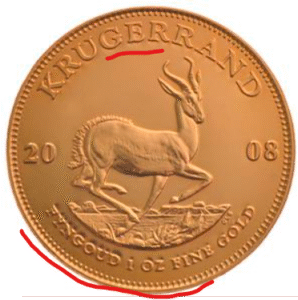
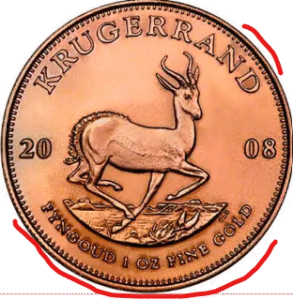
- Minting is off when compared side by side to confirmed genuine Krugerrands.
- See my comments to 1) – you can’t compare a 1978 (or any Krugerrand from 1967-1999) to a 2008 Krugerrand since the flat surface of the 2008 will impact the minting, making the minting less sharp.
- The “blurry”, “out of focus” impression again is due to the mirroring effect on the raised letters and numbers as explained above.
CONCLUSION:
- I personally own two 2008’s and I have examined several other specimens – and they are all alike to “yours”!
- The 2008 (and other year dates), however, is a stinker of a Krugerrand:
- The type face is different from the Krugerrands from 1967-1999.
- The type face of the year date (20 08) is hilariously ugly.
You as pro gold coin dealers have seen lots of Krugerrand, but I suspect that the pictured 2008 Krugerrand seen in your article was the first 2008 you’ve ever handled – and you were alarmed by the way it stood out!
Still; your 2008 is not a fake – the 2008 is just a result of poor decision-making regarding production and poor design thinking which, by the way, was a characteristic with the Krugerrands produced between 2000-2016.
This constitutes a caveat emptor for gold investors: Only buy recognizable Krugerrands from the “classic” years with the “classic” hues to prevent having your coins reduced to scrap then selling!
Below I have snip-tooled the totally random type faces used for the year dates 2000-2016 (a bloody mess!) – for you to consult if you’re in doubt in the future
Bless you all – kind regards,
Jan Nielsen








![]()

![]()








![[Most Recent Quotes from www.kitco.com]](http://www.kitconet.com/charts/metals/gold/t24_au_en_usoz_2.gif)
![[Most Recent Quotes from www.kitco.com]](http://www.kitconet.com/charts/metals/silver/t24_ag_en_usoz_2.gif)
![[Most Recent Quotes from www.kitco.com]](http://www.kitconet.com/charts/metals/platinum/t24_pt_en_usoz_2.gif)
